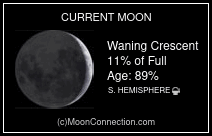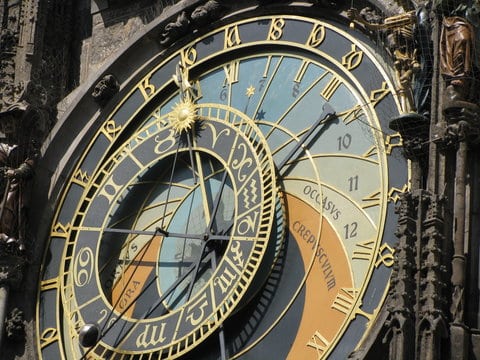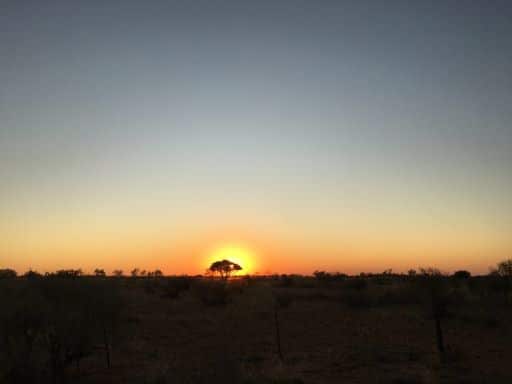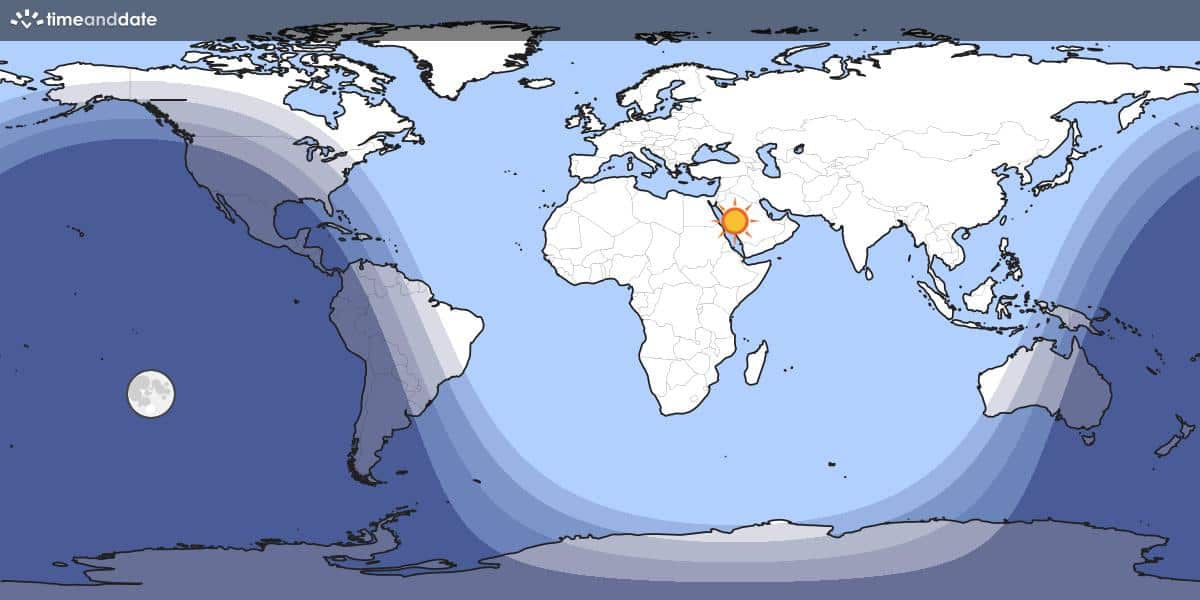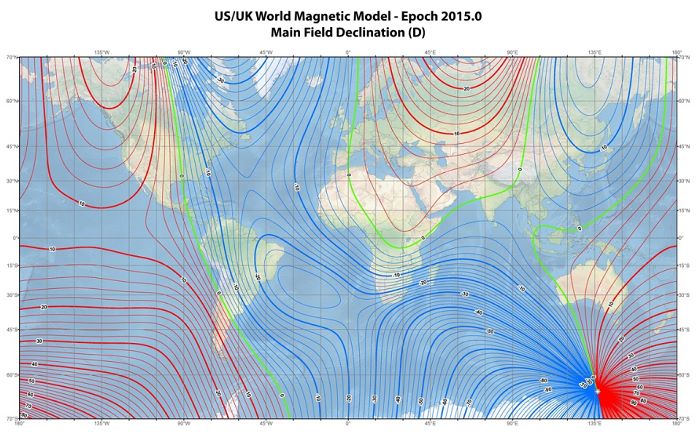Bar – Chart 4
Steve Gottlieb’s Observations
NGC 1828 = ESO 056-054 = S-L 207
05 04 21.5 -69 23 18; Dor
V = 12.5
18″ (7/10/05 – Magellan Observatory, Australia): first in a trio with NGC 1830 and NGC 1835. At 228x this LMC cluster appears fairly faint, fairly small, round, 30″ diameter. NGC 1830 lies 3.2′ NNE and much brighter NGC 1835 is 4′ ESE.
Notes: John Herschel discovered NGC 1828 = h2761 on 23 Dec 1834 and described “F, S, R, 20″; the first of 3 [with NGC 1828, 1830 and 1835].” His position is accurate
BRHT 3b = [H88] 108 = KMK88 7
05 04 30.6 -69 21 18; Dor
18″ (7/10/05 – Magellan Observatory, Australia): this faint LMC cluster forms a 1′ pair to the SE of NGC 1830 and is ~1/3 of the distance on a line between NGC 1830 and NGC 1828 which are separated by 3′. At 228x, it appears as an extremely faint, very small glow with no details, ~15″ diameter.
Notes: Catalogued in 1988 by Kontizas, E., Metaxa M., and Kontizas, M. (KMK88) in “Small, faint clusters in the LMC”, though NGC 1830 was also listed by Bhatia in the 1988 “Binary star clusters in the Large Magellanic Cloud.”
NGC 1830 = ESO 056-056 = S-L 207 = BRHT 3a
05 04 39 -69 20 26; Dor
V = 12.6
18″ (7/10/05 – Magellan Observatory, Australia): second of three in a distinctive triangle with NGC 1828 3′ SSW and NGC 1835 4.6′ SE. At 228x, this LMC cluster appeared fairly faint, fairly small, round, 30″ diameter and quite similar to NGC 1828. An extremely faint, very small glow (cluster BRHT 3b) is 1′ SW, on a line towards NGC 1828.
Notes: John Herschel discovered NGC 1830 = h2762 on 23 Dec 1834 and recorded “F, S, R, 25″.” He next recorded it as “the second of 3 [with NGC 1828 and 1835].” His position (observed on 4 sweeps) is accurate.
NGC 1835 = ESO 056-058 = S-L 215
05 05 06.7 -69 24 15; Dor
V = 10.2; Size 1.6’x1.2′
18″ (7/10/05 – Magellan Observatory, Australia): brightest of three clusters with NGC 1828 4′ W and NGC 1830 4.6′ NW. At 228x, this LMC globular cluster appears bright, moderately large, round, 1.5′ diameter, strongly concentrated with a small bright core. This object has a very symmetrical appearance with a high surface brightness like a compact globular cluster. NGC 1834 lies 12′ N.
NGC 1835 is one of 15 bona-fide ancient GC’s in the LMC. It has the highest known number (84) of RR Lyr variables in the LMC and is the brightest and most elliptical of the classic globulars.
Notes: James Dunlop discovered NGC 1835 = D 116 = h2763 on 24 Sep 1826 (second drift). He described “a small round well-defined nebula, rather bright towards the centre (considerably condensed), 15″ diameter.” His reduced position was 15′ too far SSE, but his drift offset from NGC 1872 (7 min 15 sec preceding and 7′ south) is a fairly close match.
John Herschel rediscovered the cluster on 15 Dec 1835 (sweep 656) and recorded “vB, S, R, pretty much brighter middle; 40″; the last of three [with NGC 1828 and 1830].” Herschel didn’t associate D 116 with this cluster, probably due to Dunlop’s poor position. The cluster is missing from the Uranometria 2000.0 Atlas although it includes nearby NGC 1828 and 1830.
Harlow Shapley included NGC 1835 as one of the 8 globular clusters in the LMC in his 1930 book “Star Clusters” and it is still considered one of the 15 bona-fide ancient GCs in the LMC.



